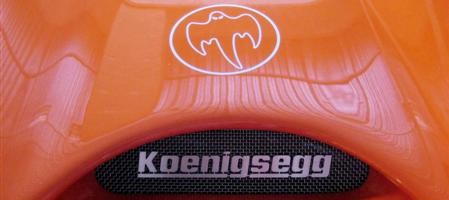
Koenigsegg are the perfect example of a company who have consolidated themselves at the very top of the supercar field in a relatively short time. They are held in high regard by enthusiasts as being one of the rawest driving experiences available with noise and sheer pace being just one of the many features adored by it’s admirers. The company itself only started producing cars from around 1997 when the Koenigsegg CC Concept appeared at the Cannes Film Festival. The car was Christian von Koenigsegg’s dream of the perfect supercar satisfying every detail of the customers dreams, both mechanically and asthetically.
Although the first concept only appeared in 1997, the company had been in development stages since 1994. It was a further 3 years until the first production ready car appeared in a customers driveway, in the meantime it made an appearance at the Paris Motorshow in 2000 when the car was largely complete. It was a success. It was only the third road going supercar to use a carbon fiber monocoque chassis, a technology caried forward from the high-tech world of Formula One which made the car lighter and easier to handle. The first car to be delivered was done so at the Geneva Motorshow of 2002, a red CC8S, one of 4 to be completed in the same year. Potential customers for the cars are given a race track test drive and once they take the plunge, are offered a fully comprehensive customer support base.
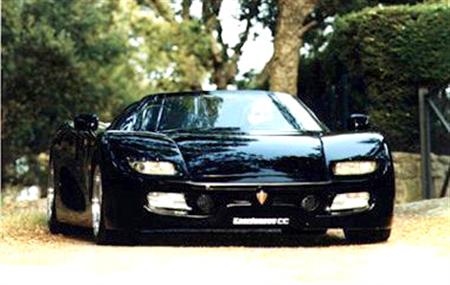
The 2002 CC8S differs from the 2002 CC in the headlights which are a single unit instead of the clusters on the earlier model, the rear wing which was removed as an optional extra. The high price for the car ($350,000) reflects the exclusivity of this machine and it’s uniqueness. It boasted a Supercharged V8 producing 655hp which translates to 545.83 bhp per tonne (1200kg). This huge power to weight ratio helped it to establish itself as one of the worlds fastest cars with a top speed of 240mph and a 0-62mph speed of 3.4 seconds. The car also featured a removable hardtop which meant that an owner could use the car in both the summer and winter, much like the Ferrari F50. Reliability is brilliant thanks to the gearbox developed from Formula One, it was famed as one of the strongest six speeds ever and incorporated an internal oil pump for lubrication.
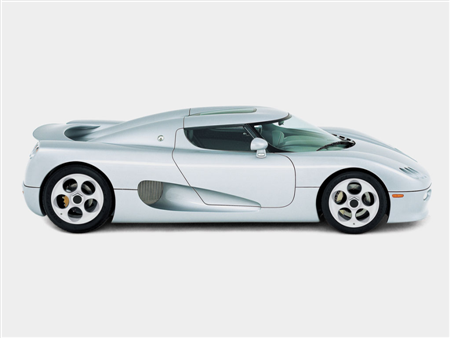
To mark the ten year anniversary of the projects creation, Koenigsegg released the special edition CCR, a more hardcore supercar than previous generations. This car later went on to become the worlds fastest car for a brief period of time, overtaking the McLaren F1’s long standing record before being overtaken by the Bugatti Veyron. The time set was 241.1mph (388kph) which was just fast enough to pip the title from the McLaren XP5 (soon to become the F1) prototype that stood before. To achieve this the new car used a different supercharger by Lysholm and a titanium exhaust, all of which helped to boost the power to 806hp. The Lysholm unit is not used in the production car however because it was too hard to fit into the rear engine compartment. A Rotrex unit is used instead to give the same amount of power but lowers the peak talk rpm to 5400 from 5700. On the outside the CCR looks similar to the CC8S, but features a new side air-intake design, a tweaked headlight arrangement again, a revised rear-end, larger brakes and new a ne frontsplitter to improve aerodynamics.
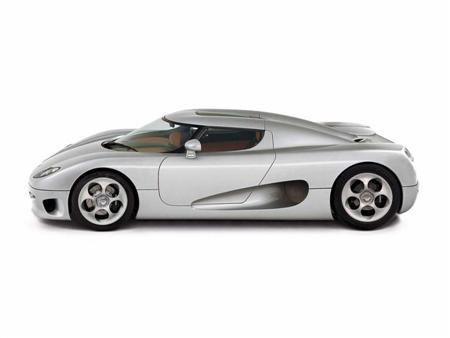
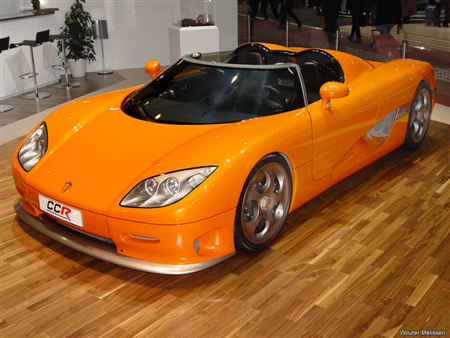
The CCR was superceeded in 2006 by the CCX, the re-vamp was mainly to capture the attention of the US market. As a result the car is much less hardcore and more refined with a larger shape overall. The car met the tough US safety regulations and as a result is the first model allowed for sale in the US. This car continued the tradition of breaking records when it recorded a fastest lap time for the Top Gear test track (which has since been suppased also). This was not without controversy however when the original car was crashed by the Stig leaving the company with the suggestion that more downforce would be needed. The front bumper of the car was changed for US regulations in the interest of safety and the whole body was lengthened also to comply. Extra headroom was a noticable result of the compliance which was a good thing for many of the future owners, making the car feel roomier and less cramped that before. 0-62mph figures were 3.2 seconds with a total bhp output of 806. During development a problem that occured regularly was the changes that needed to be made for power to be maintained on low octane US fuel. This problem was overcome by Koenigsegg themselves and therefore the engine no longer bears resemblence to the Ford sourced powerplant from before. The top speed has not been tested but it is believed to hit over 245mph now. The car was first shown at the 2006 Geneva Motorshow and deliveries started later that year. Carbon Fibre breaks where an addition to the options list during this year.
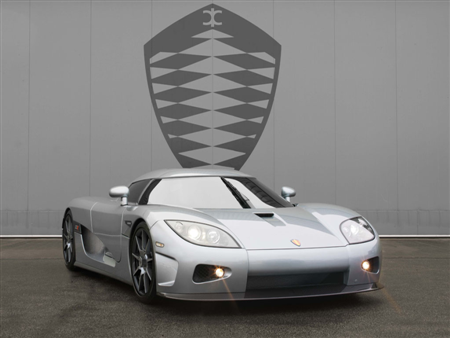
The latest car to come from the Swedish manufacturer is the 2007 CCXR and ‘Special Edition’. This version id the most extreme version to date, however it also features an ‘eco’ twist to appear more eco friendly to potential customers. The car produces it’s largest power output of 1018hp when using high grade bio-fuel made from plants. This gives it a significant edge over its competitors who had offered nothing like this up to this time. This makes the car accelerate from 0-62mph in 2.9 seconds and on to a top speed which is potentially more than 250mph, perhaps more than the Bugatti Veyron. Officially the CCXR is the first production ready, homologated car to reach over 1000bhp, the Bugatti Veyron manages less than this bench mark figure in true terms. This car was developed completely in-house by Koenigsegg engineers unlike many other competitors which means the company are knowlegeable on how the car should be fixed in the event of a failure occuring. The CCXR Special Edition improves on the looks of the car both externally and internally. A new rear wing was fitted, detail changes such as uncovered headlights, color-coded carbon fiber and new suede seats were all fitted. Each car costs 1,500,000 Euros, development started on request of existing Koenigsegg customers.
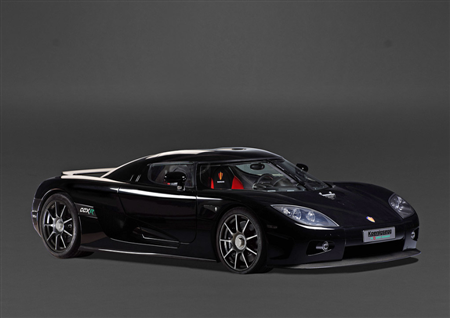
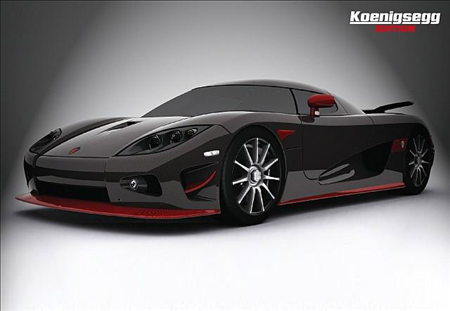
As for the future of Koenigsegg, not much is known however we’re sure they’ll be back with another uber fast exotic car to replace the CC.
Heres a Video of Evo’s factory tour:















